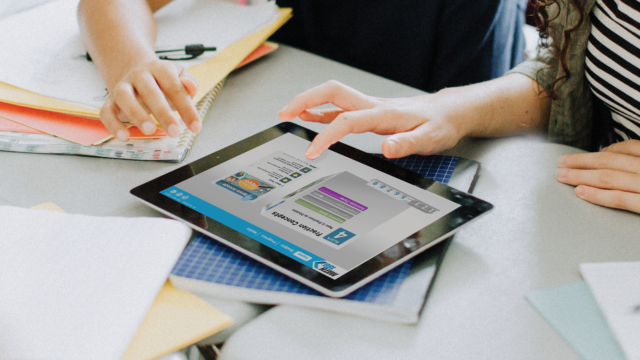
Intervention Resources for Teachers
Now more than ever, when state test scores are trending downward, students need support in their curriculum. When a student is struggling with their learning, they may need an intervention strategy to help them to get up-to-speed.
You can use everything from data to personal interactions to understand your students' needs and then address them in a variety of ways. Strategies like multi-tiered systems of support and response to intervention are put in place to help students who are falling behind. Find digital solutions, too, that help to close the learning gap.
Browse our resources on intervention below and find articles to support your classroom.

Discover these eight research-based reading fluency intervention strategies you can use in the classroom.

In order to accelerate students’ reading to grade-level proficiency, here is a list of reading intervention strategies to help students make progress.

Support students with these seven tips to maximize middle school and high school reading intervention and help your students become better readers.

These math intervention strategies for struggling students provide lessons, activities, and ideas to support Tier 1, Tier 2, and Tier 3 math students who are two or more years behind grade level.

These RTI math Tier 2 and Tier 3 strategies strive to provide teachers with a systematic approach to early math intervention.

Math 180 is a math intervention program for students in grades 5 and up. Find out how to use the math program to accelerate math learning for all students.

Learn more about response to intervention (RTI), a three-tier system to identify how to help support your students in the classroom.

Here we answer the question "What is a Multi-Tiered System of Support (MTSS)?"

In this blog, we answer the question, What Is the difference between MTSS vs. RTI?

This article is to help with understanding MTSS, PBIS, and RTI, explaining the differences and strategies for providing students with effective intervention.

School districts across the country describe the RTI/MTSS pyramid as “flipped.” So HMH researchers created a replacement for the traditional triangle that better represents the skill diversity in today’s classrooms.

Read more to understand the benefits and purpose of a framework like Response to Intervention (RTI).

Dr. Suzanne Jimenez, HMH's director of academic planning and data analytics, explains RTI in special education.

Learn to address students' unique academic and behavioral needs with different types of classroom interventions.

Learn more about intervention strategies to help improve student outcomes in your school and district.

Learn how academic intervention can help close learning gaps and improve student academic achievement.

See the math that explains how an intervention treatment program for students offers a long-term return on investment.

Intervention in school is defined, and key insights into how to provide effective intervention are provided.
Get free quick tips for bringing RTI into the core classroom.
















